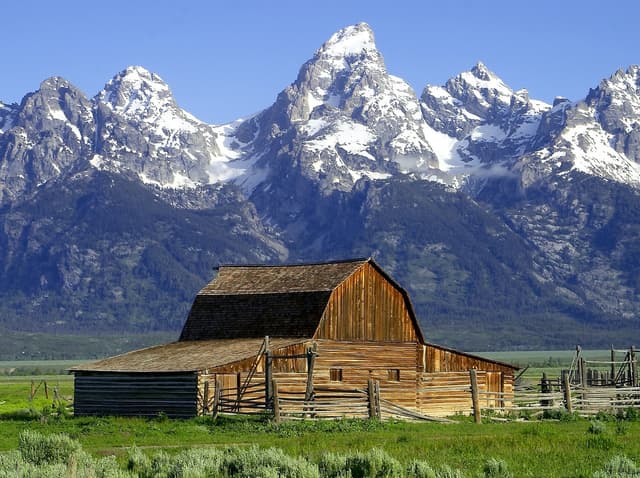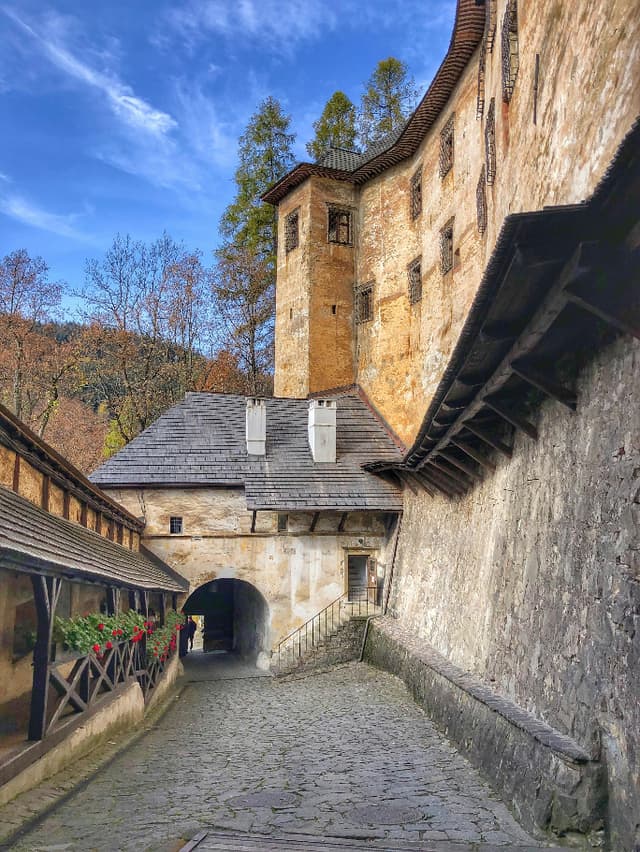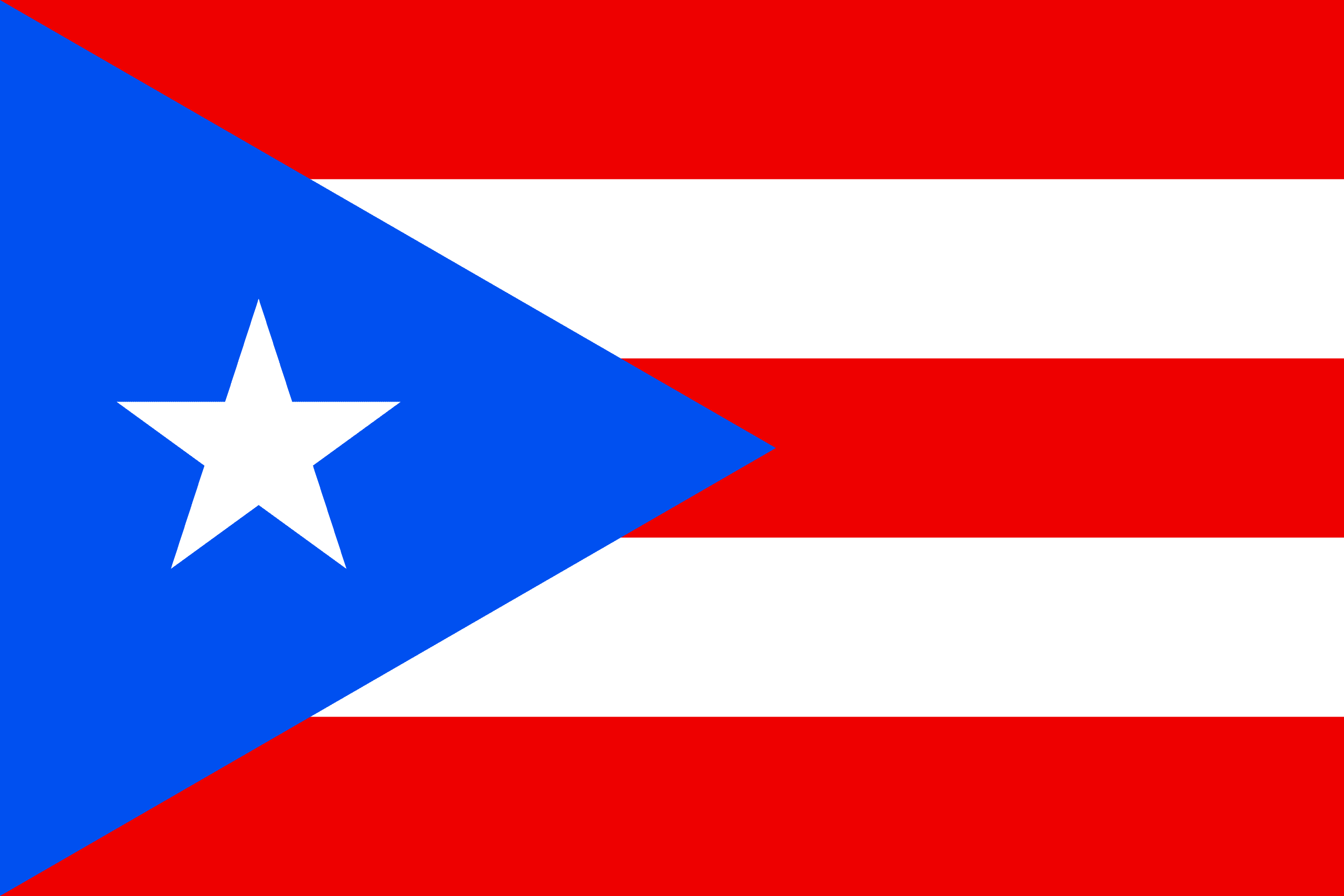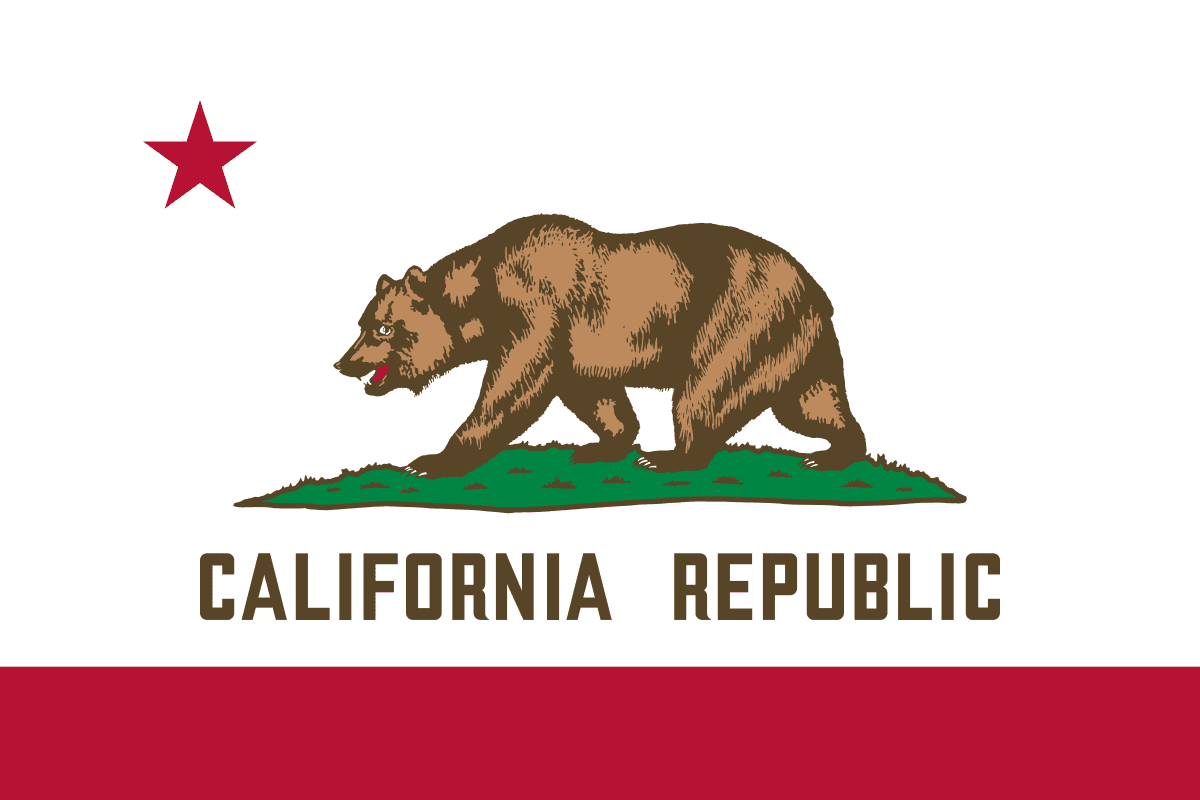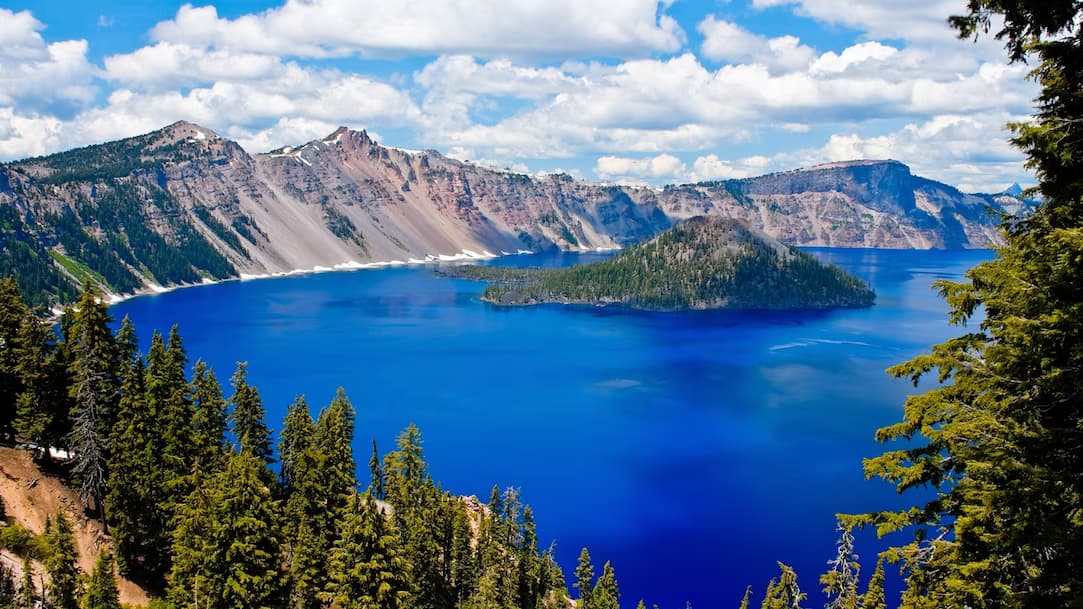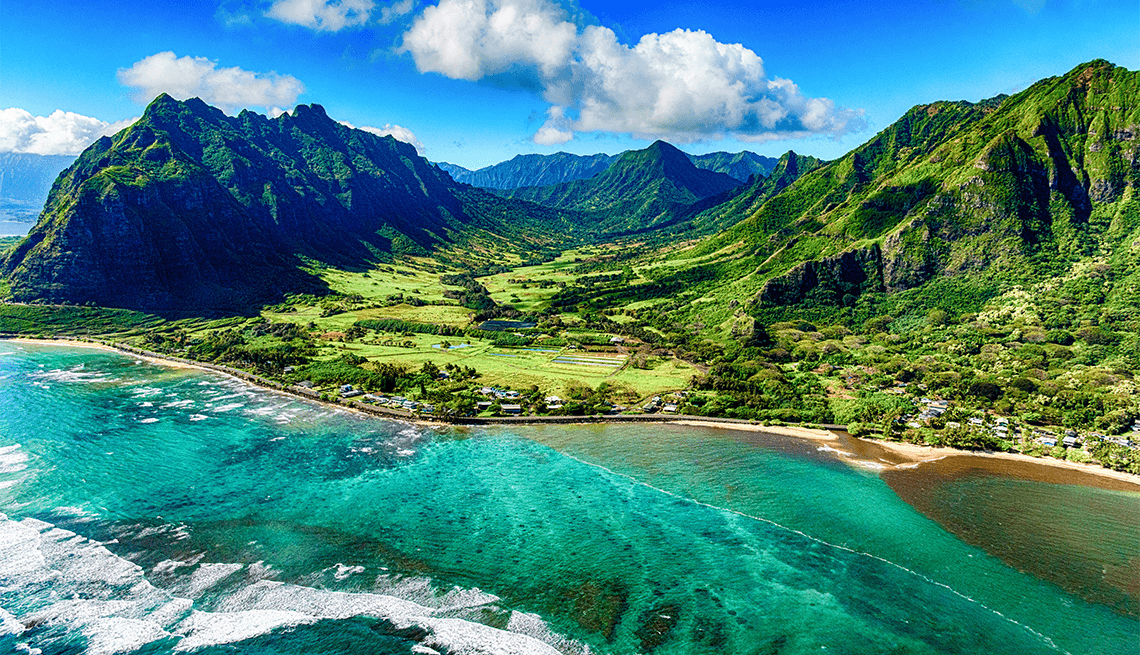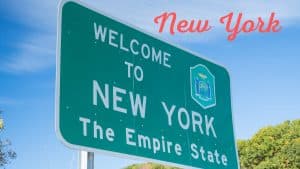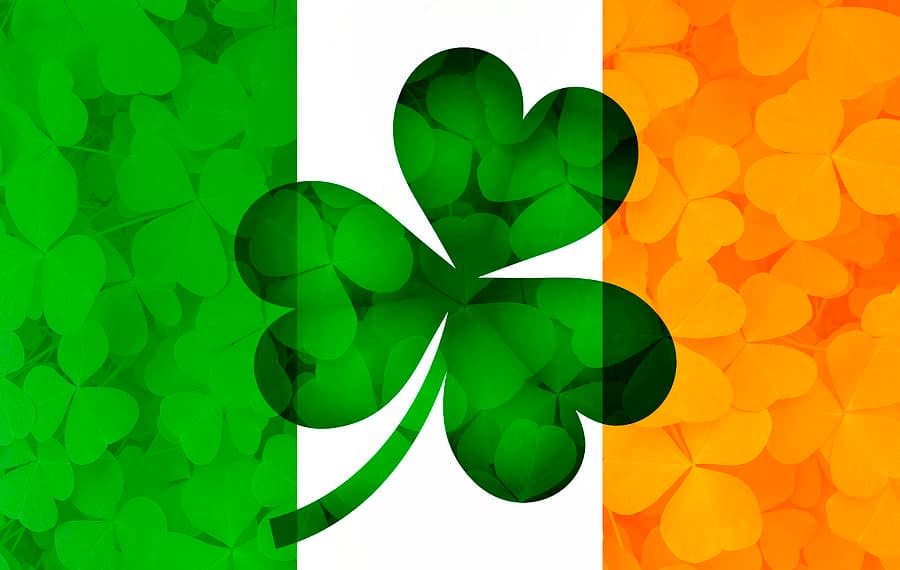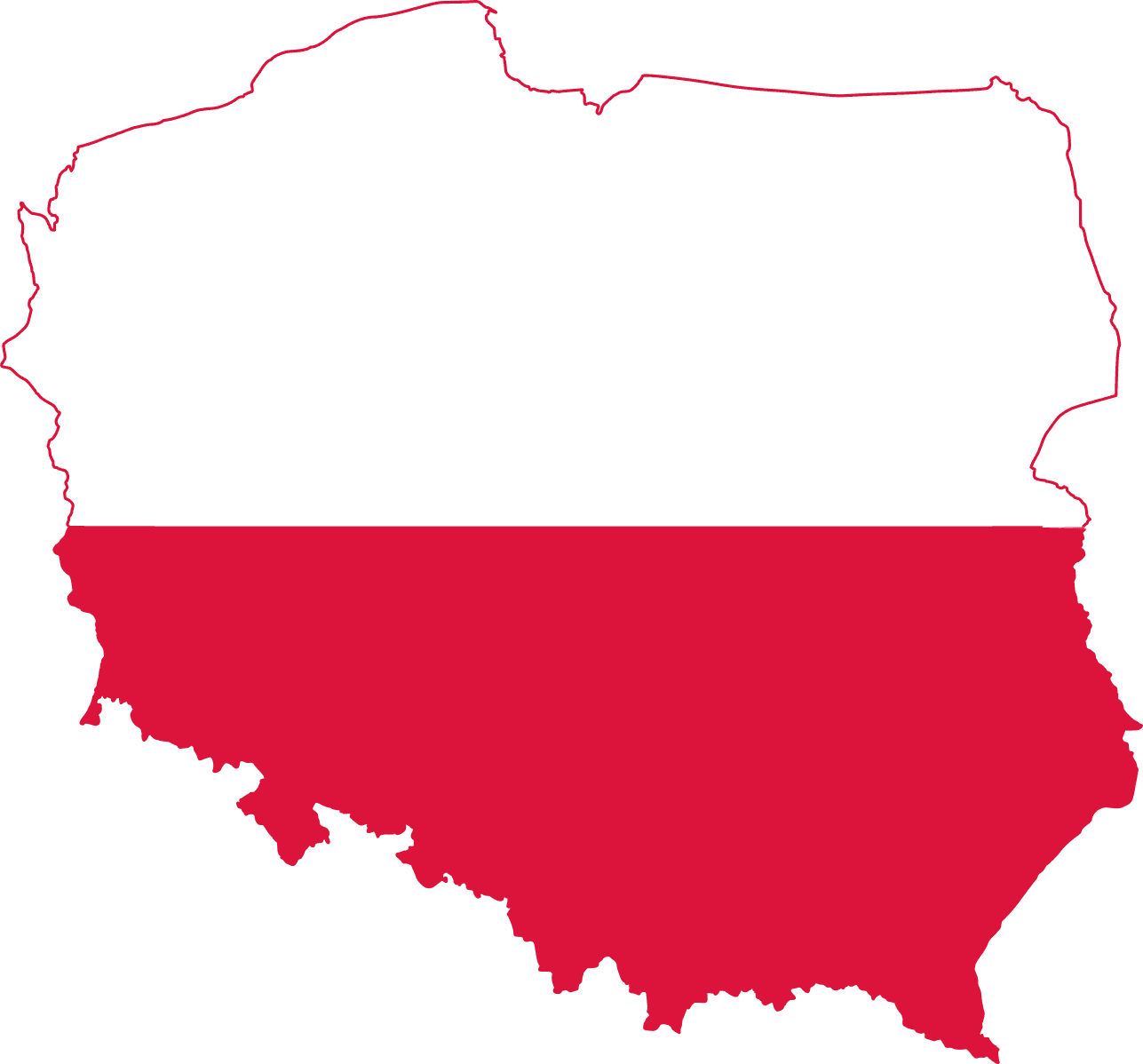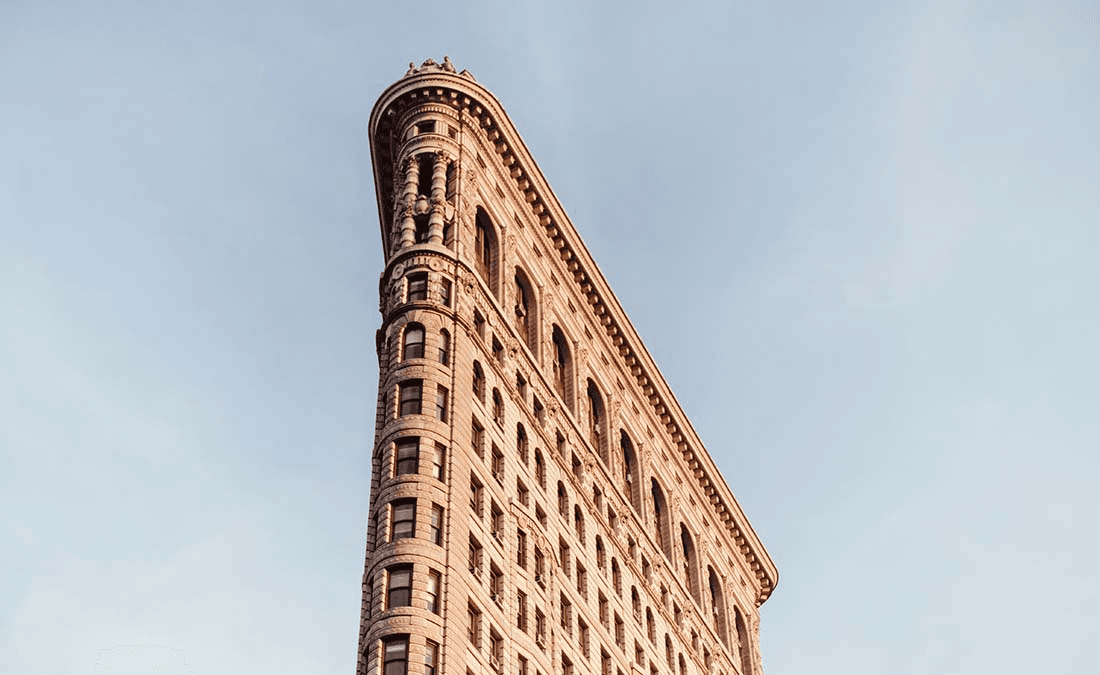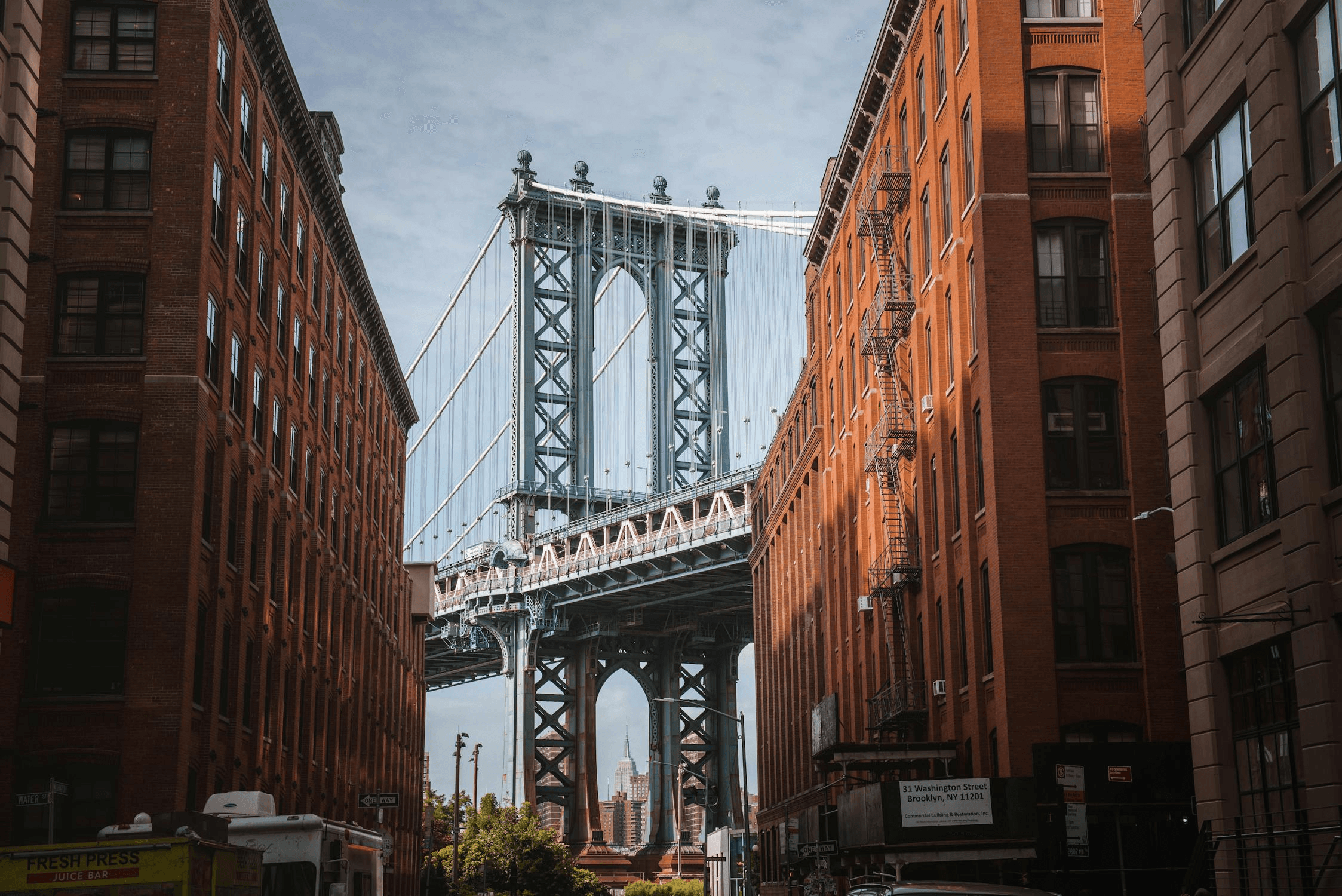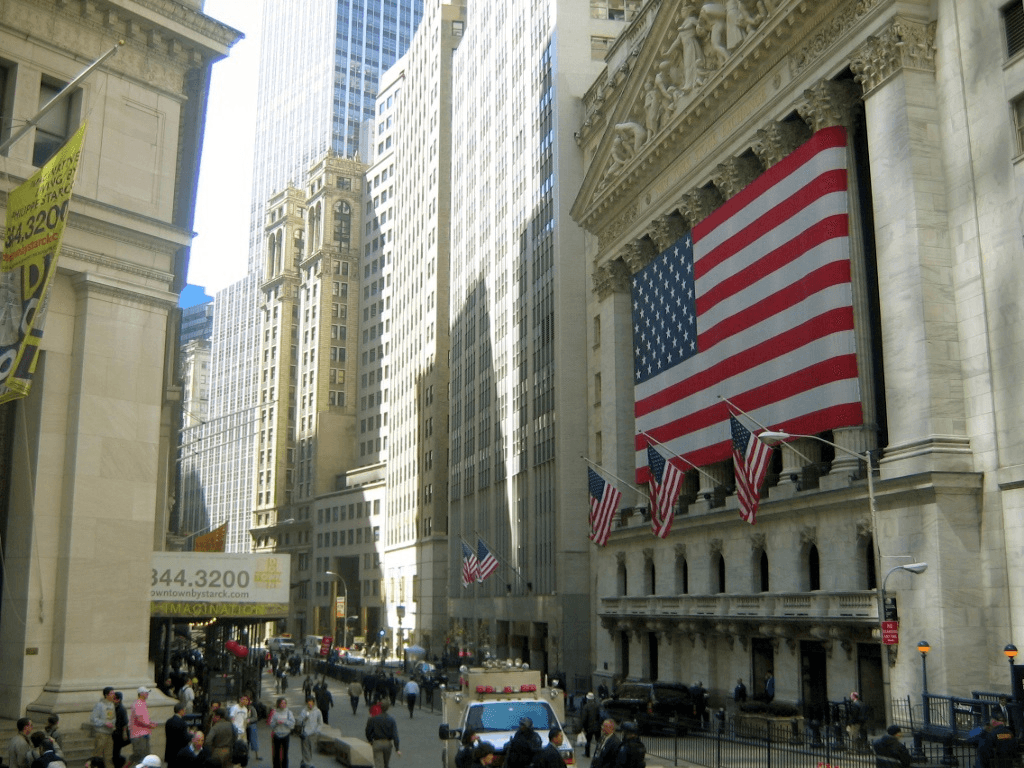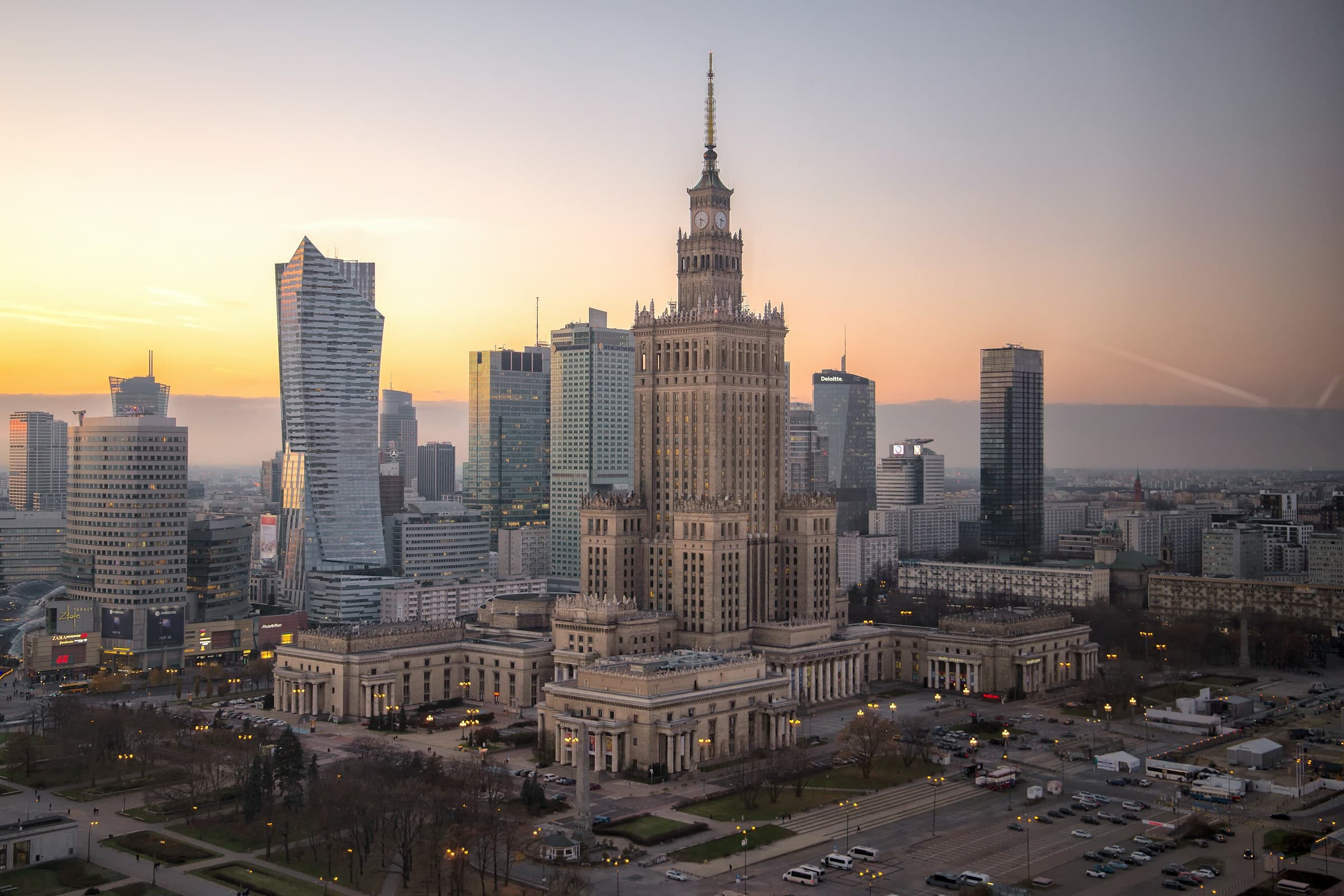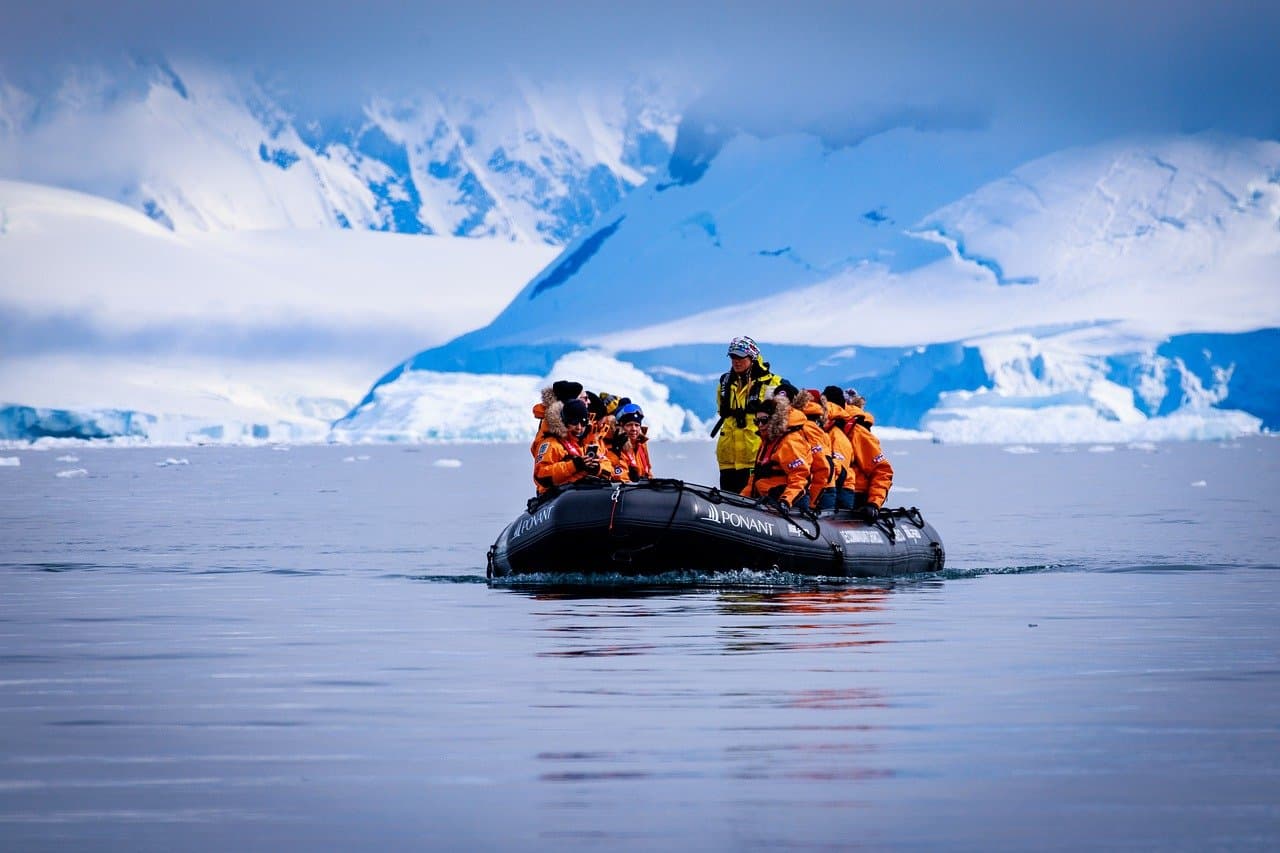Wyoming vs. Oravský Podzámok
Wyoming
The most rectangular of them all. But seriously, it's a great state! Lots and lots of nature, plenty of mountains and bisons. It is also home to Yellowstone National Park, the first national park in the U.S.
Oravský Podzámok
Oravský Podzámok is a small village in northern Slovakia, sitting at the foot of Orava Castle, one of the country's most famous medieval fortresses. It lies in the Orava region, about 11 km north of Dolný Kubín, surrounded by the rolling hills of the Orava Highlands. The Orava River flows through the area, shaping both the landscape and the history of the settlement. The village has a long history, with evidence of habitation dating back to the turn of the first millennium. However, it was first mentioned in writing in 1267, mainly in connection with the castle. For centuries, it was a settlement of castle workers and farmers under the rule of noble families like the Thurzos. It remained closely tied to the castle until the 19th century when it became an independent municipality. The main attraction is Orava Castle itself, an impressive fortress built on a steep rock overlooking the village. The castle has sections from different time periods, ranging from the 13th to the 17th ce...
Reviews
Reviews
| Item | Votes | Upvote |
|---|---|---|
| Bisons | 1 | |
| Mountains | 1 |
| Item | Votes | Upvote |
|---|---|---|
| No cons yet, would you like to add one? | ||
| Item | Votes | Upvote |
|---|---|---|
| Quiet | 1 | |
| Small | 1 | |
| Pretty | 1 |
| Item | Votes | Upvote |
|---|---|---|
| No cons yet, would you like to add one? | ||
Frequently Asked Questions
Wyoming is renowned for its vast natural landscapes, including mountains and wildlife such as bisons, making it an ideal destination for nature lovers. In contrast, Oravský Podzámok offers a quieter, more intimate experience with beautiful scenery and access to hiking and cycling in the Orava region. If you prefer expansive wilderness and diverse wildlife, Wyoming may be the better choice. However, if you enjoy a peaceful village atmosphere with historical charm, Oravský Podzámok could be more appealing.
Oravský Podzámok provides a richer historical experience due to its proximity to Orava Castle, a medieval fortress with a long history dating back to the 13th century. The village itself has historical sites and a traditional atmosphere. Wyoming, while home to natural wonders like Yellowstone National Park, does not have the same level of historical architecture or sites as Oravský Podzámok. Therefore, for those interested in history, Oravský Podzámok is the better option.
Wyoming is highly suitable for outdoor activities, offering vast areas for hiking, camping, and wildlife viewing, particularly in national parks like Yellowstone. Oravský Podzámok also provides opportunities for outdoor activities such as hiking and cycling, but the scale and variety of options may not match what Wyoming offers. If you are looking for extensive outdoor adventures, Wyoming would likely be the better choice.
Oravský Podzámok is likely the better choice for a peaceful getaway, as it is a small village with a quiet atmosphere, surrounded by beautiful hills and historical sites. Wyoming, while offering stunning natural beauty, can be more expansive and may attract larger crowds in popular areas like national parks. For those seeking tranquility and a slower pace, Oravský Podzámok would be more suitable.
Pros of Wyoming include its abundant nature, numerous mountains, and the presence of bisons. Additionally, Wyoming is home to Yellowstone National Park, the first national park in the U.S. Currently, there are no listed cons for Wyoming.
Wyoming is known for its vast natural landscapes, including numerous mountains and an abundance of wildlife such as bisons. It is also famous for being home to Yellowstone National Park, the first national park in the U.S.
In Wyoming, you can explore the great outdoors, including hiking in the mountains, wildlife spotting, and visiting Yellowstone National Park. The state offers numerous opportunities for nature enthusiasts to enjoy its scenic beauty.
Oravský Podzámok is known for its proximity to Orava Castle, one of Slovakia's most famous medieval fortresses. The village has a rich history dating back to the first millennium and features several historical sites, including the Church of St. John of Nepomuk and various 18th and 19th-century buildings.
The pros of visiting Oravský Podzámok include its quiet atmosphere, small size, and picturesque scenery. There are currently no cons listed by users, making it an appealing destination for those looking to explore a tranquil village with historical significance.
In Oravský Podzámok, visitors can explore the impressive Orava Castle, hike in the surrounding Orava Highlands, and enjoy cycling or winter sports in the nearby mountains. The village's traditional atmosphere also offers a unique cultural experience.
Oravský Podzámok is located about 11 km north of Dolný Kubín in northern Slovakia. It can be reached by car or public transportation, making it accessible for tourists exploring the Orava region.
